If you’ve ever watched your dog skid across the living room, or seen your cat rocket up and down the hallway, you’ve witnessed the infamous zoomies. These sudden, frantic bursts of energy, known scientifically as Frenetic Random Activity Periods (FRAPs), are both hilarious and puzzling to pet owners.
But why do animals get the zoomies? Is it normal? And should you be concerned? This blog dives into the delightful chaos of zoomies, helping you understand why they happen, what triggers them, and how to keep your furry friends safe during their next burst of energy.
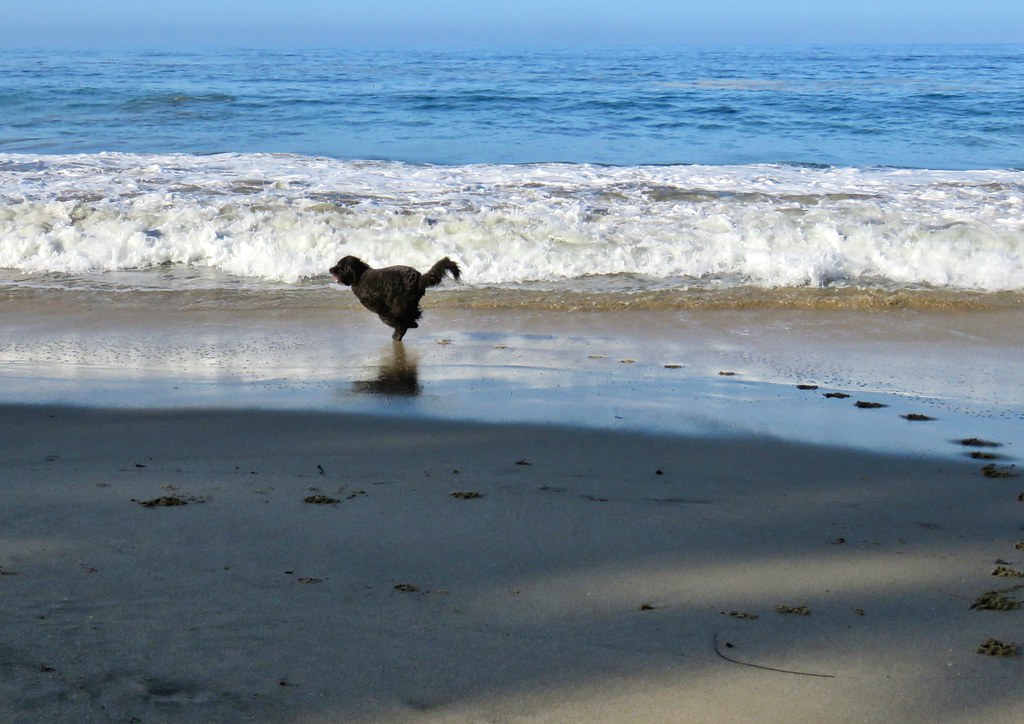
What Are Zoomies?
Zoomies, or FRAPs, are short, high-energy episodes where pets, particularly dogs and cats, display erratic, playful, and sometimes downright wild behavior. Your pup might sprint in circles around the yard or your cat might parkour off your furniture like it’s their personal jungle gym.
These episodes are especially common in young animals like puppies and kittens, but they can happen to pets of any age. While many pet owners worry about this seemingly random behavior, it’s usually a completely normal way for animals to release pent-up energy.
Reasons Dogs Get the Zoomies
There are several common triggers for zoomies in dogs, and understanding them can provide insight into your dog’s behavior while helping you anticipate these energetic episodes. Here are some of the key reasons dogs get the zoomies:
1. Pent-Up Energy
One of the most common reasons for zoomies is the need to release excess energy. If a dog has been resting or hasn’t had enough exercise, they may suddenly burst into a wild sprint as a way to burn off all that built-up energy. Regular walks and playtime can help reduce the frequency of zoomies stemming from low activity levels.
2. Bath Time Excitement
Many dogs get the zoomies immediately after a bath. This is often due to the excitement of being free after the bathing process or an effort to dry off and shake away the unfamiliar scents of shampoo. The sensation of being clean and invigorated can also contribute to this wild energy burst.
3. Playtime Elation
Zoomies are a natural expression of joy and excitement, so it’s no surprise that dogs frequently experience them during or after playtime. Whether they’re chasing a ball, wrestling with a favorite toy, or engaging in a game of tug-of-war, the excitement of play can trigger these frenetic episodes.
4. Evening Energy Surges
Many dogs tend to get the zoomies in the evening, often referred to as the “evening crazies.” This can happen when they’ve stored up energy throughout the day, especially if they didn’t have enough physical or mental stimulation during their waking hours.
5. Environmental Triggers
Certain sights, sounds, or smells can excite dogs and set off zoomies. For instance, the sight of another dog, an open field, or the sound of their favorite squeaky toy can be enough to launch them into high-speed laps around the area.
6. Stress Release
Sometimes dogs use zoomies as a way to relieve stress or tension. After a visit to the vet or another experience that might make them nervous, a sudden burst of energy can help them shake off any lingering discomfort or anxiety.
7. Expression of Happiness
At its core, zoomies are often a pure expression of joy. Dogs may spontaneously burst into zoomies simply because they’re feeling happy, loved, or excited about something fun, like your return home after a day at work.
By recognizing what triggers your dog’s zoomies, you can better understand and appreciate their fleeting moments of exuberance. It’s a reminder of their zest for life and the joy they bring to your daily routine!
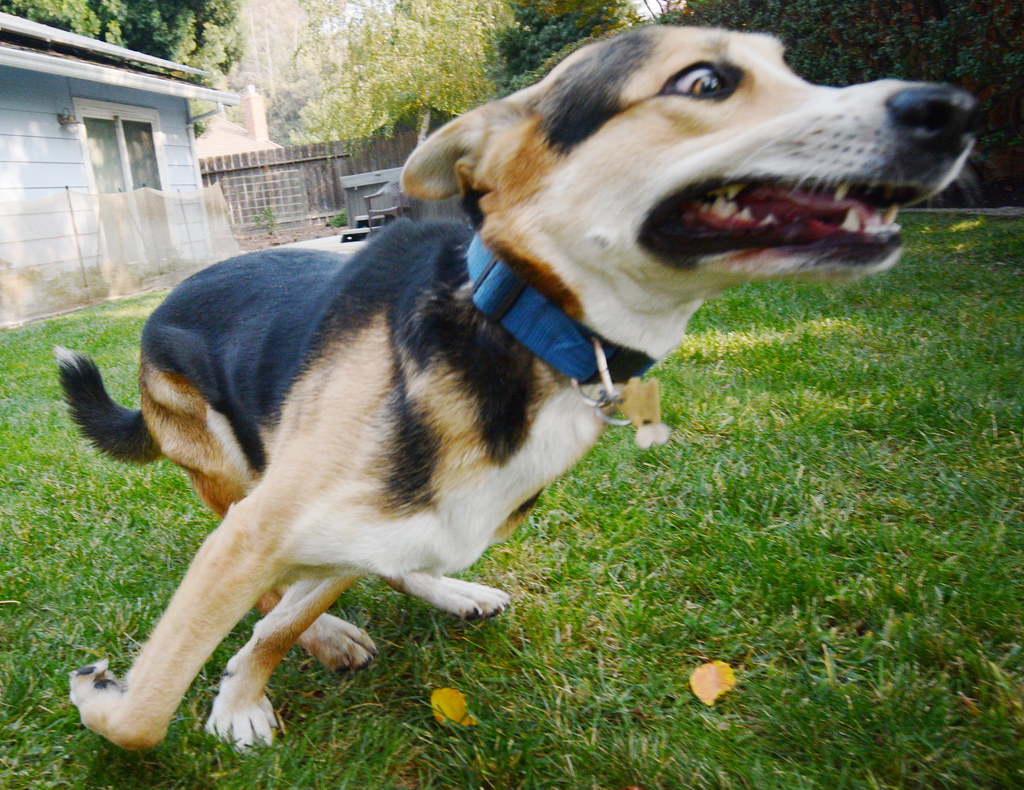
Understanding Zoomie Patterns in Dogs
Dogs get the zoomies frequently, often when their energy levels are at their peak. Here’s an overview of some common scenarios where you might notice this behavior:
Post-Bath Zoomies
Have you noticed your pup sprinting around the house right after bath time? Post-bath zoomies are incredibly common in dogs. They’re often a combination of relief (being done with the bath) and an effort to “dry off” or rub away any unfamiliar scents left by shampoo.
Morning or Evening Zoomies
Dogs with high energy levels often get the zoomies in the early morning or late at night. These are times when they’re naturally more active and need an outlet for their energy after resting for several hours.
Social Zoomies
Ever seen your dog break out into zoomie mode at the dog park? Social interactions and playful invitations, like another dog’s “play bow,” can trigger zooming behavior. It’s their way of expressing happiness and excitement.
Indoor Zoomies
Dogs with limited access to outdoor play areas or insufficient exercise may zoom around the house as a way to release pent-up energy. While it’s fun to watch, this can be a sign that your pup needs more physical activity or mental stimulation.
Stress-Related Zoomies
Not all zoomies are purely joyful. Stress and fear can sometimes bring on this behavior. For example, if your dog feels frightened or overwhelmed, zooming may be their way of coping with nervous energy.
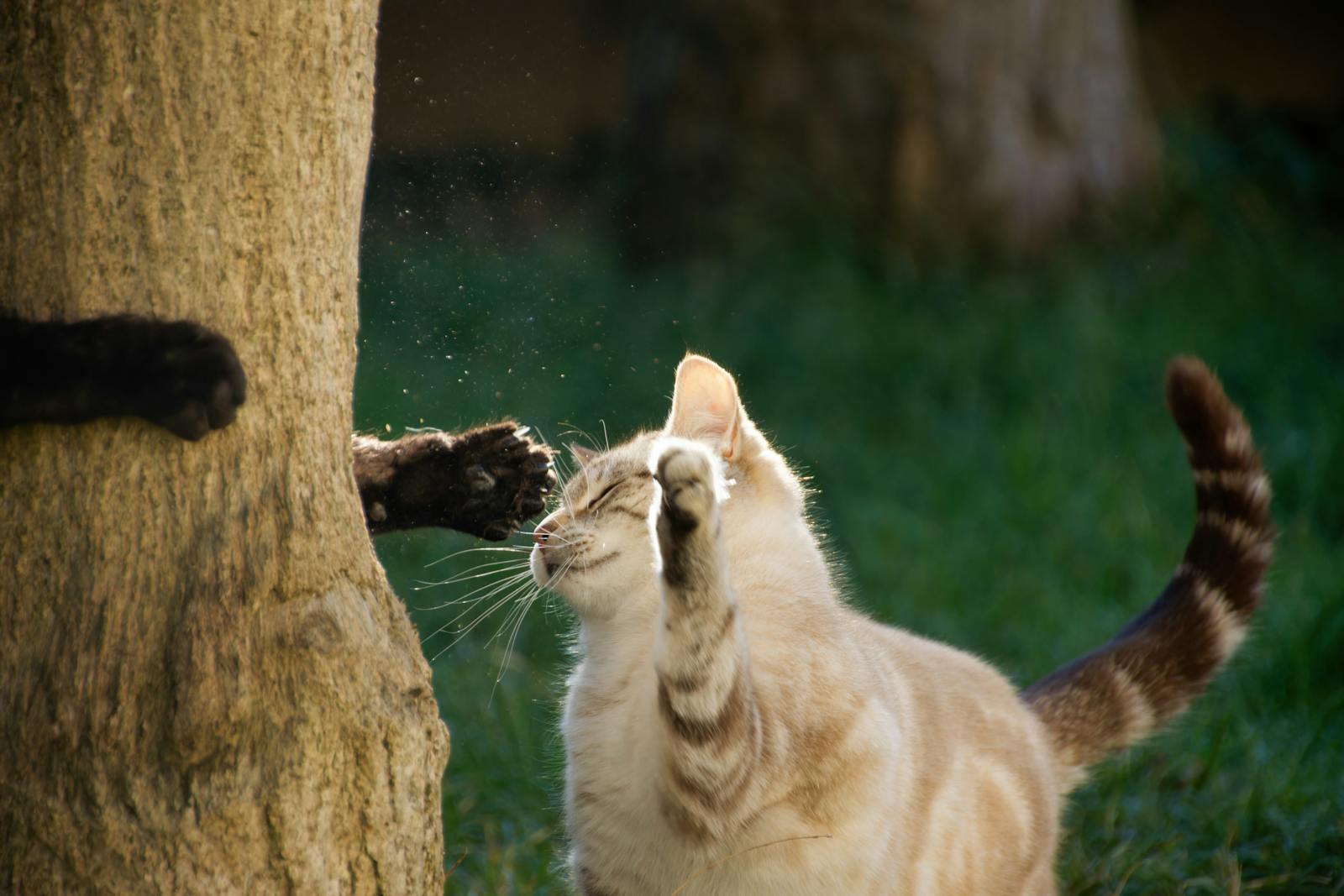
Why Do Cats Get the Zoomies?
Dog owners aren’t the only ones familiar with these frenzied bursts of energy. Cat owners have their own version of zoomies to contend with. Known in the cat world as “cat zoomies,” these episodes are usually quick, chaotic, and often involve dramatic leaps and sprints. Here are the most common triggers:
- Overnight Hunters: Cats are crepuscular animals, meaning they are most active at dawn and dusk. Zoomies at night could mimic their natural hunting instincts during these twilight hours.
- Post-Litter Box Zoomies: Believe it or not, some cats get the zoomies after using the litter box. It may be a sign of relief or even excitement over their “cleanliness.”
- General Playfulness: Cats are naturally playful creatures who love running, chasing, and pouncing. Zoomie episodes often stem from their sheer joy of being active.
Managing the Zoomies
While zoomies are generally harmless and normal, it’s important to ensure your pet has a safe space to zoom freely without hurting themselves, other pets, or damaging your home. Here’s how you can safely manage zoomie episodes:
Provide Ample Exercise
Both dogs and cats need daily physical exercise to burn off energy. Take your dog for a walk, visit the dog park, or play fetch in the yard to meet their activity needs. Similarly, interactive cat toys or a quick game of “chase the laser pointer” can help wear out your feline friend.
Offer Mental Stimulation
Mental exercise is just as important as physical activity. Puzzle toys, training sessions, and hide-and-seek games are great ways to challenge your pet’s mind and reduce their likelihood of pent-up energy bursts.
Set Up a Zoomie-Friendly Space
Ensure your home or yard is free of hazards during a zoomie episode. Keep fragile items out of the way, and provide open areas where your pet can run and play safely.
Watch for Patterns
Notice if zoomies happen at specific times (like after a bath or following long periods of inactivity). Knowing your pet’s patterns can help you anticipate and plan for their bursts of energy.
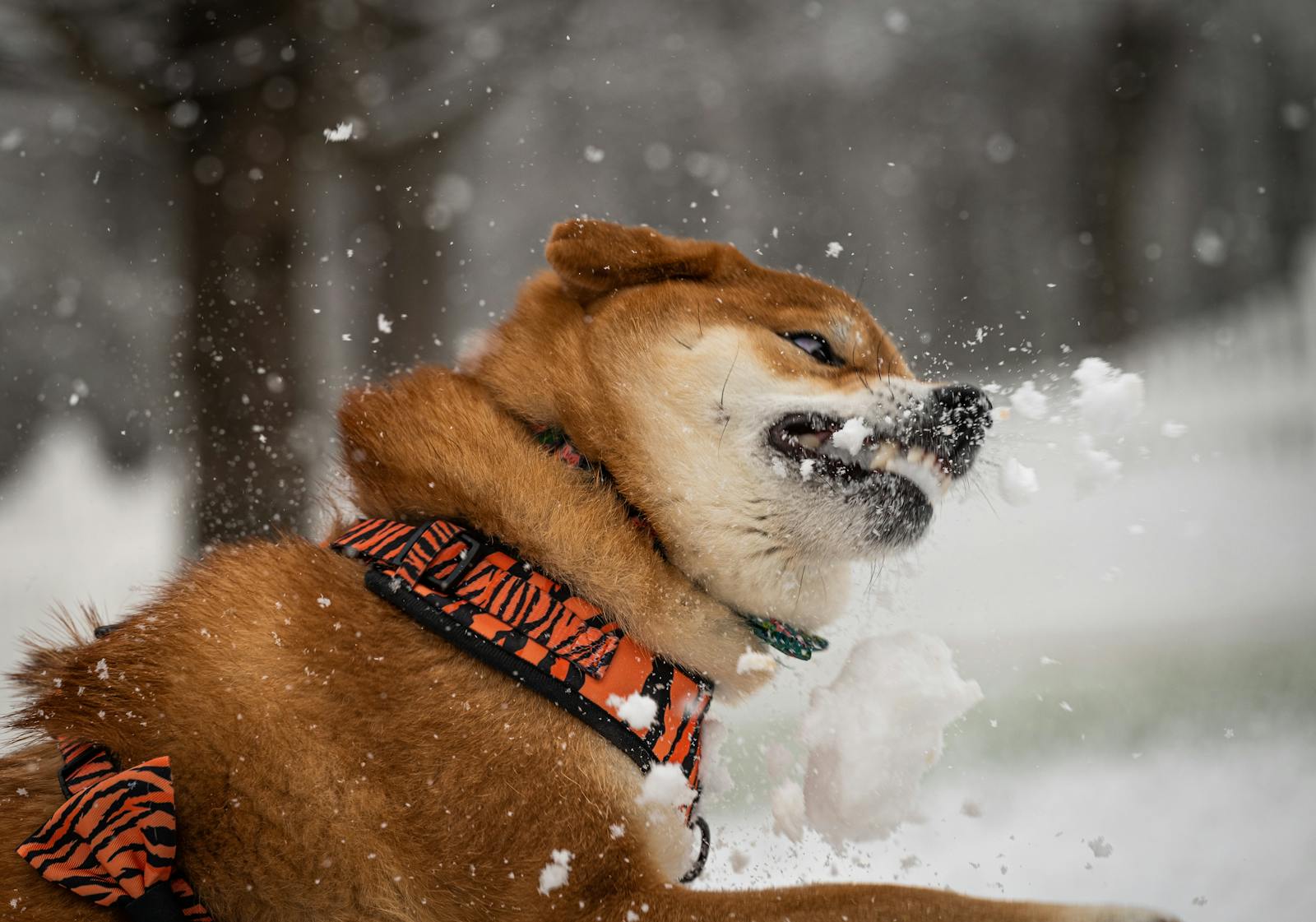
Should You Worry About Zoomies?
For the vast majority of pets, zoomies are perfectly normal and part of their natural behavior. However, there are a few instances where you may want to pay closer attention:
- Frequent Zoomies: While zoomies are common with most dogs, constant episodes could indicate excessive stress, boredom, or unmet exercise needs.
- Age-related Zoomies: Young dogs and puppies typically grow out of frequent puppy zoomies as they mature. If your older dog exhibits sudden, unusual bursts of zoomie behavior, it might be worth consulting a vet to rule out underlying health issues.
- Zoomie Safety: If your pet displays aggressive or destructive behavior during their zoomies, enlist the help of a trainer or veterinarian to address excessive energy levels or behavioral concerns.
Helpful Resources and Links
- American Kennel Club Why Does My Puppy Go Wild At Night? Learn more about the science behind zoomies and how to handle them safely.
- ASPCA – Enrichment for Dogs Discover creative ways to provide mental and physical stimulation for your dog to keep zoomies under control.
- Snouts and Stouts Indoor Dog Park Explore this safe, indoor facility where your dog can run freely and play without any hazards.
- PetMD – How To Calm A Hyperactive Dog Find tips on managing and directing your dog’s energy levels effectively.
- The Spruce Pets – Exercising Your Dog A guide to keeping your dog active and healthy with a variety of exercise routines.
- Preventive Vet – Tips for Dog Safety Indoors and Outdoors Ensure your home and outdoor areas are safe for your dog during bouts of zoomies.
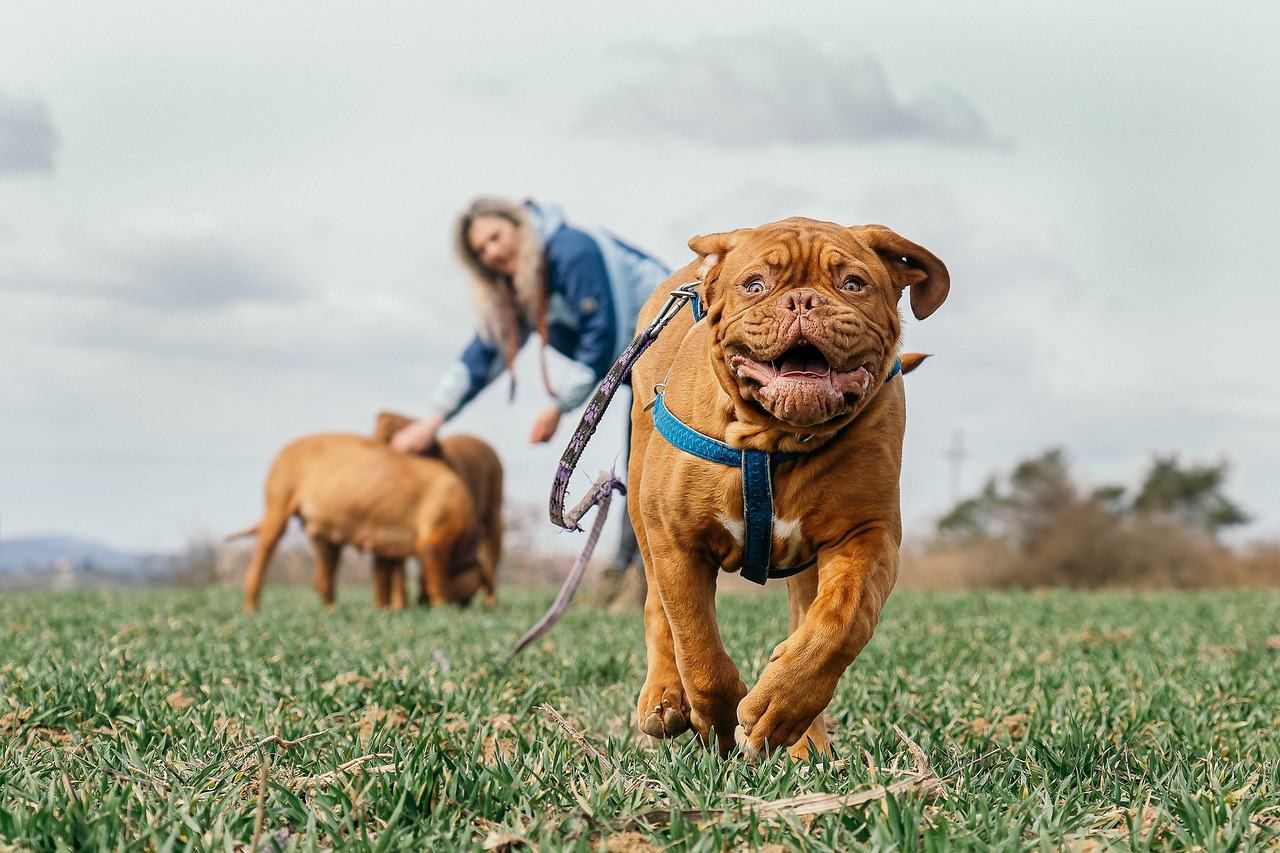
Celebrate the Chaos At Snouts and Stouts Indoor Dog Park and Bar!
While Snouts and Stouts doesnt allow cats, bring your dogs today!
Zoomies are a delightful reminder of how much joy our pets bring into our lives. Whether your dog is sprinting laps around the yard or your cat is scaling the back of the couch, these moments are a playful expression of their energy and excitement.
By providing your furry friends with proper exercise, mental stimulation, and a safe space to play, you can fully enjoy the chaotic fun of zoomie episodes while ensuring your pets stay happy and healthy.
Does your pet get the zoomies? Share your funniest zoomie moments in the comments below—we’d love to hear them!




